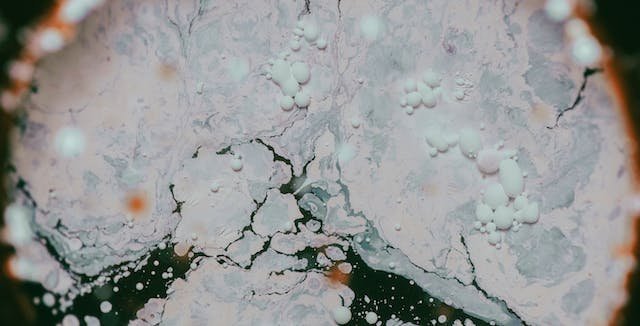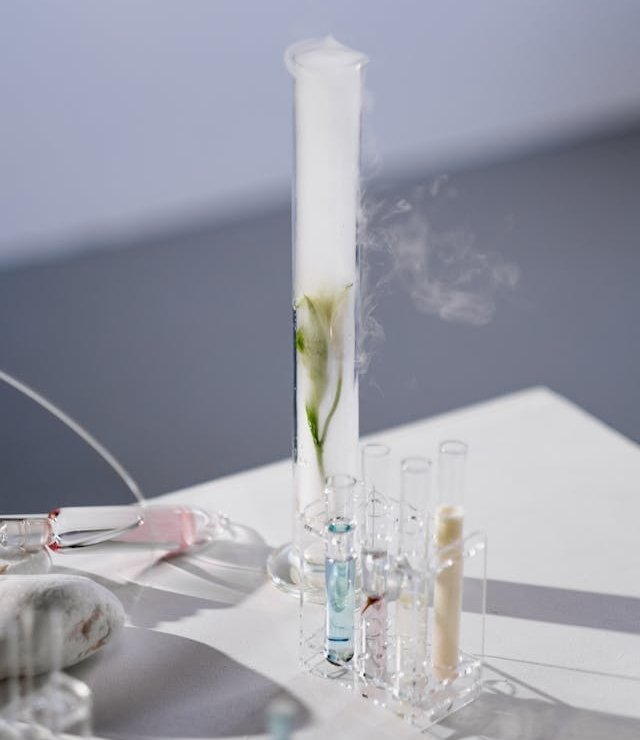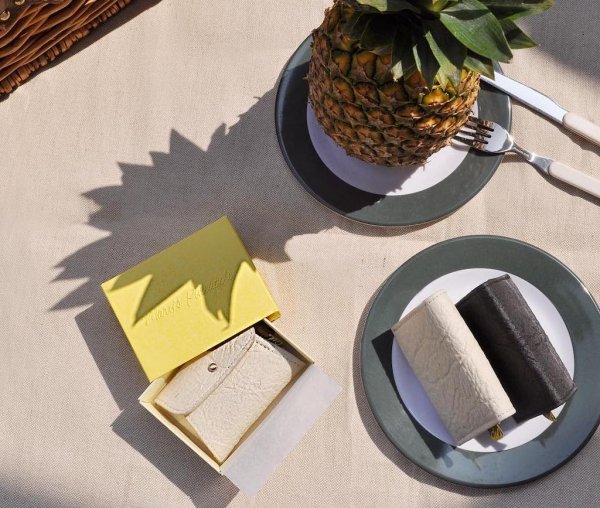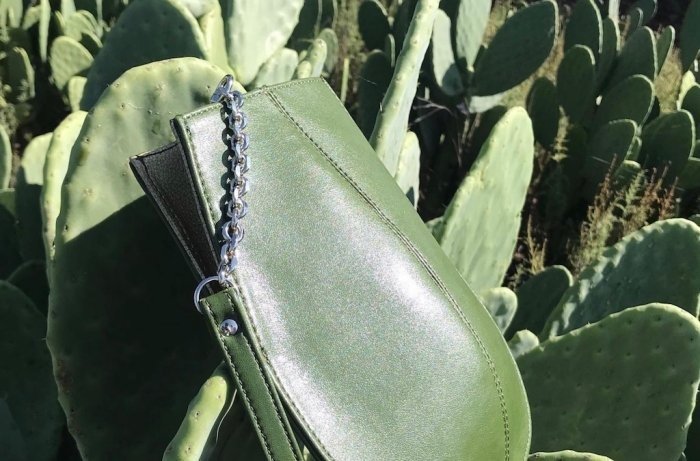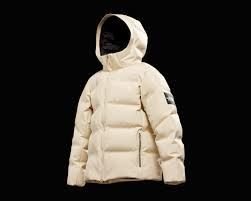In this series, we have been exploring Sustainable Materials and alternatives to “thirsty” and “dirty” fabrics. In this blog, we will explore Cellulosic Fabrics.
You may be asking what exactly cellulosic fabrics are. “Cellulosic fibres are fibres made with ethers or esters of cellulose, which can be obtained from the bark, wood or leaves of plants, or other plant-based material.” So, basically, fibres that originate from natural sources. Which, when discussing sustainable fashion, is definitely a significant factor. No oil or excessive water use - right? Cellulosic fibres are mainly used in the textile industry as their properties are similar to engineered fibres.
There are two types of cellulosic fibres: natural and regenerated.
Types and Classification of Cellolusic Fibres:
There are several types of cellulosic fibres, which can be broadly classified into two categories:
Natural cellulosic fibres &
Regenerated cellulosic fibres
Fig: Classification of cellulosic fibres “TextileEngineering.net”
Those natural fibres are used in various degrees. Cotton, of course, is the most widely used, with linen next. Interestingly, the other natural fibres have much less usage. In contrast, the regenerated cellulosic fibres are produced in massive quantities.
The most popular cellulose fibre is Viscose, which has been used in the textile industry since its invention as “rayon” or “artificial silk” in the 1890s. Viscose makes up around 80% of all of the cellulose production. Viscose, or other wood-originating fibres, seem to be a great alternative to Polyester and Cotton. However, they do come with their own challenges and impact. The massive production of viscose is created through the use of heavy chemical processes, which are toxic to human health and the environment. Below is an excerpt from “Common Objective”, which defines this further.
From Common Objective:
“Types of cellulosic are differentiated according to their production techniques:
Viscose – a linear open production process that uses carbon disulphide, sodium hydroxide and sulphuric acid (all known toxins to human health and the environment).
Modal – the same chemicals are applied throughout the process, but the modified chemical baths contribute to higher wet strength of modal fibres.
Lyocell – a similar process as viscose, but replacing sodium hydroxide with an organic solvent called N-methylmorphine-N-oxide. There is also 100% recycling of the chemicals and water used. Lyocell is usually marketed under its two brand names, TENCEL and MONOCEL.
Recycled fibre-based manmade fibres – relatively recent technological improvements have allowed the development of manmade fibres based on recycled content.”
Clearly, the same issues are faced in the production and use of cellulosic fibres as with other materials in the supply chain. The easiest and cheapest ways to produce are those that have been mainly used. We can all agree that using natural sources for material is preferable to the use of crude oil. However, more is needed to make it better. There are two critical factors in determining the sustainable credibility of these materials.
1) Where do they originate, and how are those resources replenished?
2) How are they regenerated or turned into the end fabric, and what processes and chemicals are involved?
Regenerated cellulosic fibres come from trees or wood pulp. This means that trees are used in large quantities, and we all know of the impact of deforestation. Fortunately, many sustainable measures have been taken to improve this and provide Eco options. As always, we quote our favourite eco fashion maven, Stella McCartney, who has “forest friendly viscose,” especially with their signature stretch acetate-viscose cady used in tailoring and evening wear. The brand has partnered with Canopy to provide FSC (Forest Stewardship Certified) viscose. They have developed awareness around the production of forest-based fibres, working on a Life Cycle Assessment on the impact of viscose. Prior to 2017, this was largely unknown. The LCA provided insight into the entire process, from harvesting from the forests through the production of viscose and other MMCFs (manmade cellulosic fibres). This is a great step forward, not only from the fabrics themselves but also from the awareness this has created in the industry at large.
However, this is not all. Stella is creating the “future of viscose”. The vision of which is to move away from virgin wood pulp entirely.
“We believe the future of viscose in fashion is about using Nex-Gen and recycled inputs – like agricultural waste and post-consumer textiles – to make viscose and displace the role of virgin tree pulp. We want to tread even lighter on our planet, and we are working hard to get there.”
The brand is working on “Nex-Gen” fabrics using recycled input, post-consumer and agricultural waste. For further information, see Evrnu® and NuCycl™.
The second issue with MMCFs is the chemicals used in the process of regenerating them, which (as we identified earlier) are harmful to human health. However, there has been tremendous progress in this area, too, with Lenzing being a great example.
“In 1977, Lenzing began using an eco-friendly bleaching method for its cellulosic fibres. The process is less toxic, reuses the chemicals and sources beech trees from FSC or PEFC-accredited forests. Lenzing trademarked its modal fabric as TENCEL Modal®.”
Yes, Cellulosic fibres are a good option for materials. They do not use crude oil and (very importantly) can be recycled. However, not all cellulosic fibres are the same. We really need to be aware of what we are buying and how they have been produced. The market has very viably sustainable options; as conscious consumers, it is our duty to educate ourselves and those around us to buy more consciously. If we think these conscious materials are too expensive, buy fewer or secondhand. Always go with your dollars, ask questions, and look for those brands promoting robustly sustainable options.
KEY POINTS WHEN BUYING MMCFs:
FSC / Canopy origin
Consider where & how the fibres were processed.
Opt for the Sustainable options through the brand names here.
There are always ways to be better as consumers; much of it is our choice. We can make an impact by shopping more consciously and not opting for virgin polyester because it is easier or cheaper.
As always, have fun, love life, and enjoy fashion.
Kate xx






